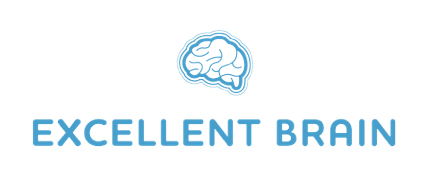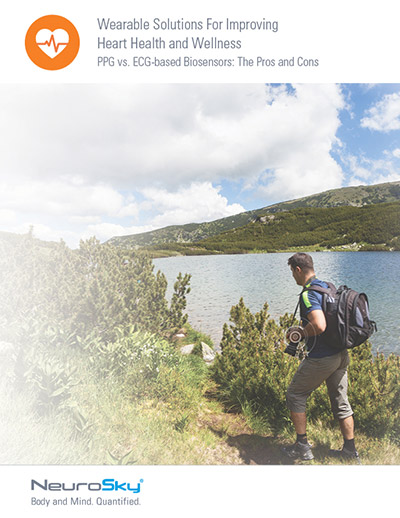Health at Home
With ECG biosensors and algorithms, OEMs have the opportunity to use heart rate variability (HRV) data to provide consumers with information previously only available in labs or at the doctor’s office. This information can provide a window on the health of a consumer. While this information is valuable, for consumers to fully adopt this technology, it has to be presented in a way that is concise, easy-to-understand, and—perhaps most importantly—enjoyable.
Intuitiveness is Key
In order for any device to integrate seamlessly into its wearer’s lifestyle, it needs to be incredibly user-friendly. Consumers are looking for products that can produce results with minimal fuss, so devices need to be portable or wearable, as well as easy to set up and monitor.
Health Biometrics Tracking Information at the Fingertips
Consumers are looking for all-in-one solutions when it comes to health biometrics tracking. They don’t want one device for tracking mood, another for monitoring stress or fatigue, and so on. Ensuring your device provides a wide assortment of health insights—and the right ones—will provide it with an advantage over the competition.
Displaying Information to Consumers
A device that tracks a wide assortment of information is only useful if that info actionable and easy to interpret. Consider for example:
- Will the information be presented in the form of a graph or chart?
- Will it make use of an app that is available on a computer, or other portable device such as a phone or tablet?
Regardless of the form you choose, it’s important that the information be easy to access and understand.
Keep Your Users Coming Back
Consumers need incentives for continued use in order to successfully integrate your device into their routines. These incentives can include positive psychology and reinforcement, as well as the ability to track progress and milestones. If a user can see a visual representation of a goal they are working toward (such as a graph documenting weight loss, or a step tracker counting toward a daily goal), they are far more likely to continue using their device.
NeuroSky: Providing the Solutions Consumers Want
NeuroSky provides manufacturers with the health biometric tracking technology needed to create empowering user experiences with consumer-ready mobile and wearable devices. Our ECG biosensors and algorithms can easily integrate into your device, accurately tracking both heart rate and HRV, and providing practical information to the user ranging from stress, mood, fitness levels, and more. NeuroSky’s ECG biosensor, the BMD101, was developed specifically for wearable and mobile devices. It doesn’t require any external devices or components and is the world’s smallest (at 3mm x 3mm), making it an ideal option for manufacturers interested in developing small footprint devices.
Consumers are naturally picky. They want feature-heavy products that are easy to use and understand, and integrate seamlessly into their day-to-day routine. NeuroSky provides mobile and portable device manufacturers with the ECG biosensors and algorithms needed to offer positive experiences, helping you uncover the next big thing in health biometrics tracking. For more information on health biometrics tracking, be sure to download our free whitepaper, Wearable Solutions For Improving Heart Health and Wellness.



